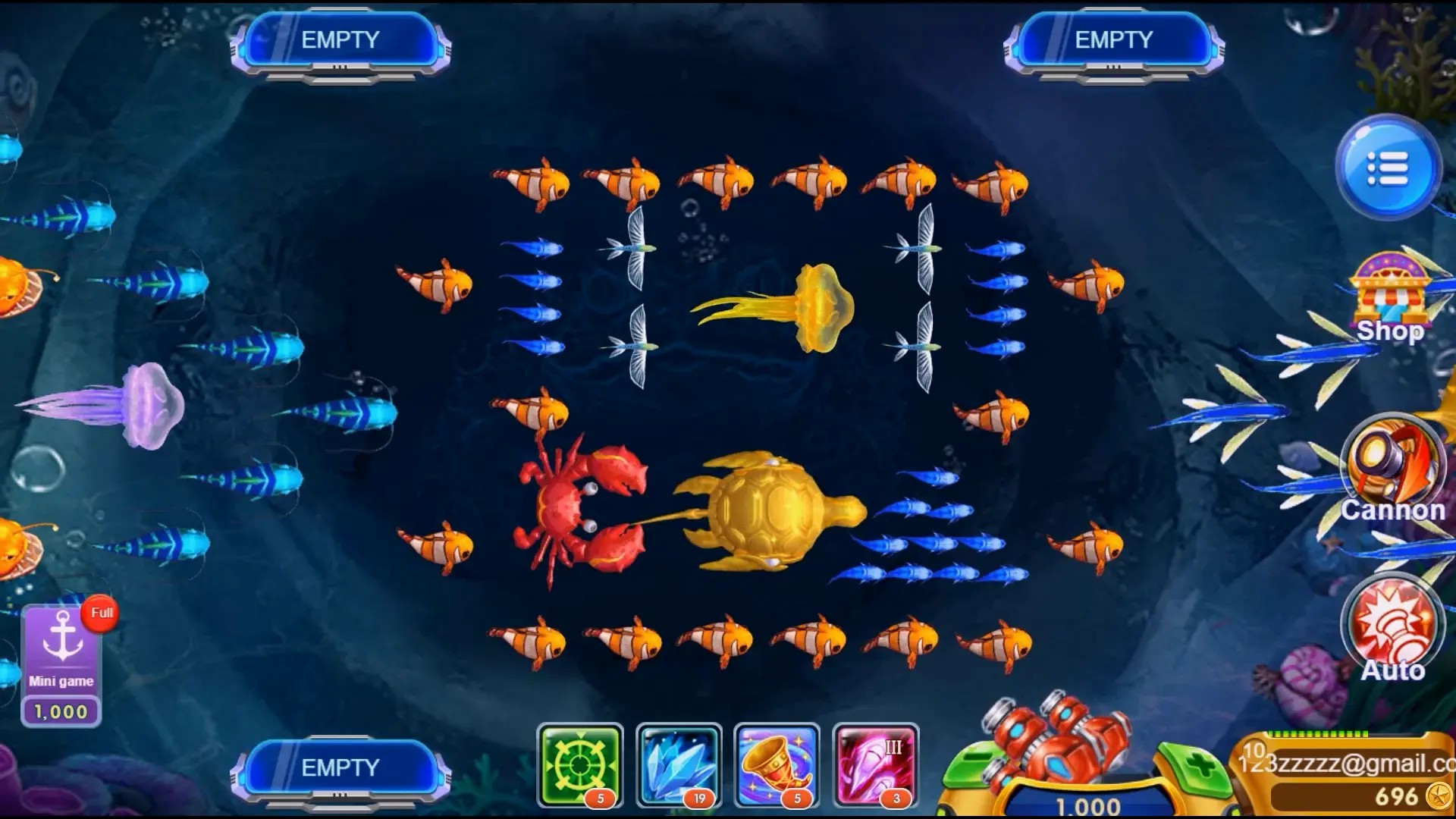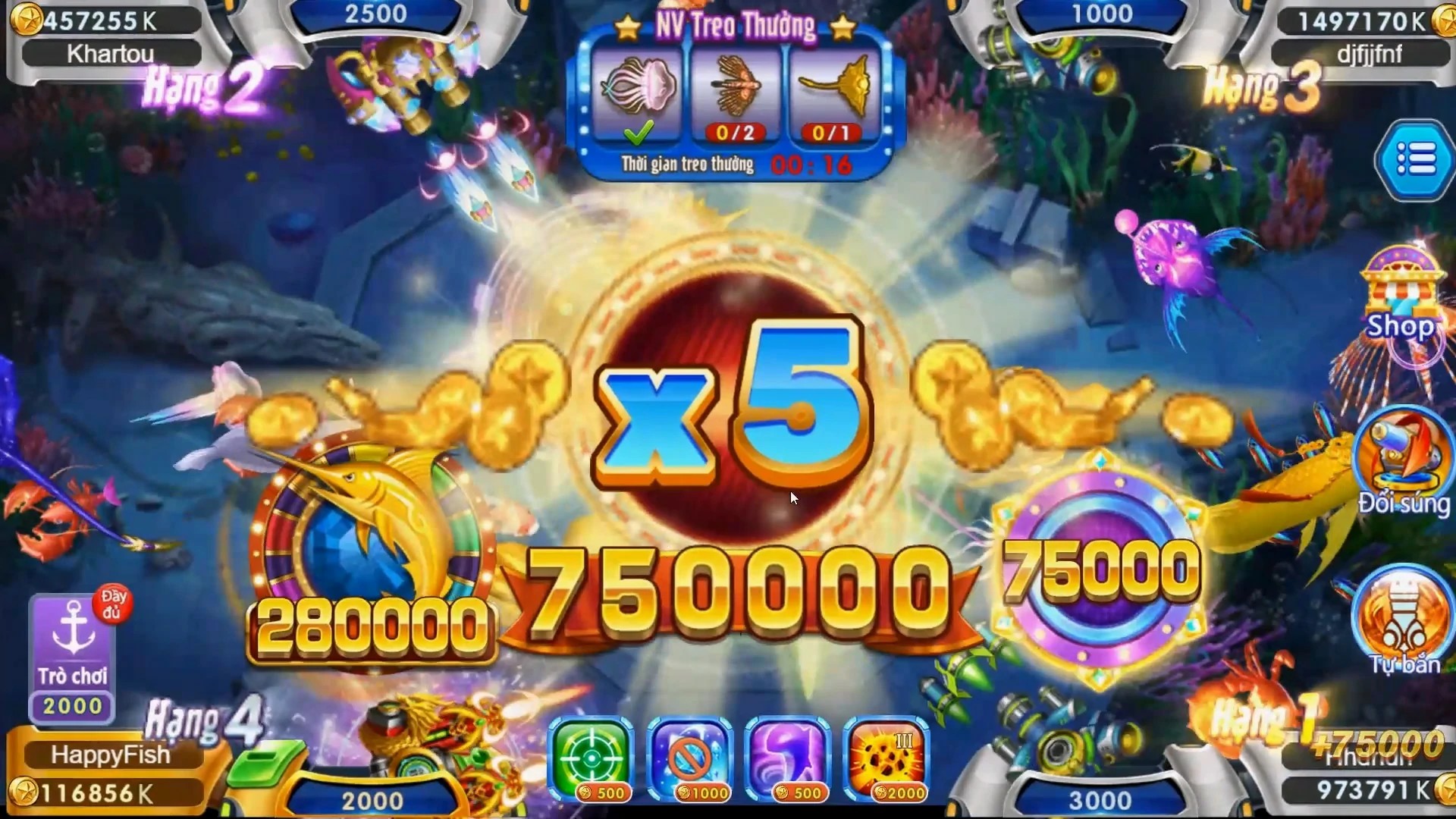Unlocking the Secrets of Game Design: Strategies for Success in the Gaming Industry
Hey there, aspiring game designers! If you're here, you must have a passion for games and a desire to create amazing experiences for players. Well, you’ve come to the right place! Game design is not just a career choice; it’s a thrilling journey filled with creativity, innovation, and endless possibilities. In this article, we’re diving deep into the strategies that can help you unlock the secrets of game design and achieve success in the gaming industry.
Understanding the Basics of Game Design
Before jumping into the complex mechanics of creating a game, it's crucial to understand the foundational elements that make a game tick. Game design is all about combining various elements to deliver a gameplay experience that is engaging and enjoyable. Let’s explore some fundamental aspects:
- Gameplay Mechanics: These are the rules and systems that define how players interact within the game.
- Storytelling: Engaging narratives compel players to invest emotionally in the game world.
- Aesthetics: The visual style can significantly impact a player's experience and immersion.
- Technology: Understanding the tools and engines available can enhance game development efficiency.
Story Elements: A Key to Engagement
One of the most captivating aspects of game design is embedding a rich story into your gameplay. Players love to connect with characters and narratives that evoke emotions. Here are a few tips on incorporating story elements effectively:
- Character Development: Create multi-dimensional characters that players can relate to or aspire to be.
- Plot Arcs: Develop stories with clear beginnings, middles, and ends, filled with twists and turns.
- World-Building: Craft a believable universe with its own rules, cultures, and histories.
Matching Elements in Online Games
In the realm of online gaming, particularly in genre-enhanced matching games, aligning story elements with gameplay mechanics is vital. For instance, in a story elements matching game online, integrating the narrative with the mechanics not only enriches the player experience but also enhances replayability.
| Story Elements | Gameplay Mechanics | Example Game |
|---|---|---|
| Character Backstories | Power-Ups | Match 3 Game X |
| Dynamic Quests | Level Up System | Adventure Match Game Y |
Understanding Your Target Audience
Before designing your game, it's essential to understand who will play it. Consider their preferences, age, and gaming habits. Conduct surveys or focus groups with potential players. By understanding their wants and needs, you can better tailor your game to resonate with them. Here are some crucial points to consider:
- Demographics: Age, gender, and interests.
- Playing Habits: Casual vs. hardcore gamers.
- Feedback: Regularly gather and incorporate player feedback into your design process.
The Importance of Prototyping
Prototyping is an essential phase in game development. It allows you to test gameplay mechanics, iterate on design ideas, and evaluate player engagement. An effective prototype doesn’t have to be perfect; it just needs to convey the core idea. Here’s how to get started:
- Sketch Your Ideas: Create rough sketches of your characters, levels, and interfaces.
- Build a Basic Version: Use tools like Unity or Unreal Engine to create a functional prototype.
- Gather Feedback: Playtest with friends and make adjustments based on their experiences.
Testing: The Heart of Game Design
Once your game is playable, it’s time to test! Testing is a crucial process that can make or break your game. Focus on functionality and playability to identify bugs and adjust game balance.
- Alpha Testing: Conduct initial tests with a small group of players to identify significant issues.
- Beta Testing: Release the game to a larger audience to gather more insights.
- Post-Release Testing: Continually gather player feedback even after the official launch.
Marketing Your Game
Creating a game is only half the battle; marketing is equally important! Let’s look at effective strategies to promote your game:
- Social Media: Promote your game on platforms like Instagram, Twitter, and TikTok to engage potential players.
- Game Trailers: Create compelling trailers that showcase gameplay and story elements.
- Influencer Partnerships: Collaborate with gaming influencers who can showcase your game to their audience.
Monetization Strategies
Monetization is a vital component of the gaming business. There are various methods to earn from your game. Here’s a summary:
| Monetization Method | Description |
|---|---|
| Premium Pricing | Charge upfront for the game. |
| Freemium Model | Offer a free version with in-app purchases. |
| Advertisements | Generate revenue through ads displayed in the game. |
Staying Updated with Industry Trends
The gaming industry is continually evolving, with new technologies and trends emerging all the time. Make it a habit to stay informed about the latest trends, such as:
- Virtual Reality (VR): Explore the potential of immersive gameplay.
- Artificial Intelligence (AI): Consider how AI can enhance player experiences.
- Sustainability: Research practices that contribute to environmentally friendly gaming.
Coding and Technical Skills for Game Designers
While creative design is vital, having some technical knowledge can significantly enhance your game development capabilities. Here are essential skills to learn:
- Programming Languages: Familiarize yourself with C#, C++, or Python.
- Game Engines: Learn to navigate tools like Unity and Unreal Engine effectively.
- Art and Animation: Understanding basic animation principles and graphic design can give you an edge.
The Role of Networking in Game Development
Networking is crucial in the gaming industry. Connect with other game developers, artists, and even players. You may discover collaborators, mentors, or opportunities to showcase your game. Techniques for effective networking include:
- Attend Game Jams: Participate in events to meet fellow developers.
- Join Online Communities: Engage with game design forums and groups.
- Conventions: Attend industry conferences to expand your contacts.
Learning from Successful Games
One of the best ways to understand game design is by analyzing successful games. Play them, take notes on what works, and identify areas where you can innovate. Here’s a checklist of what to observe:
- Gameplay mechanics that keep players engaged.
- Storytelling techniques that resonate with audiences.
- Art styles that enhance the experience without overshadowing gameplay.
Conclusion: Your Journey Awaits!
And there you have it! A comprehensive guide to unlocking the secrets of game design that paves your way to success. The gaming industry is filled with opportunities for those with creativity and passion. Remember, **every game you create is a chance to connect with players** and make a meaningful impact. Keep innovating, learning, and most importantly, keep playing! Your journey starts now, so get creating!


